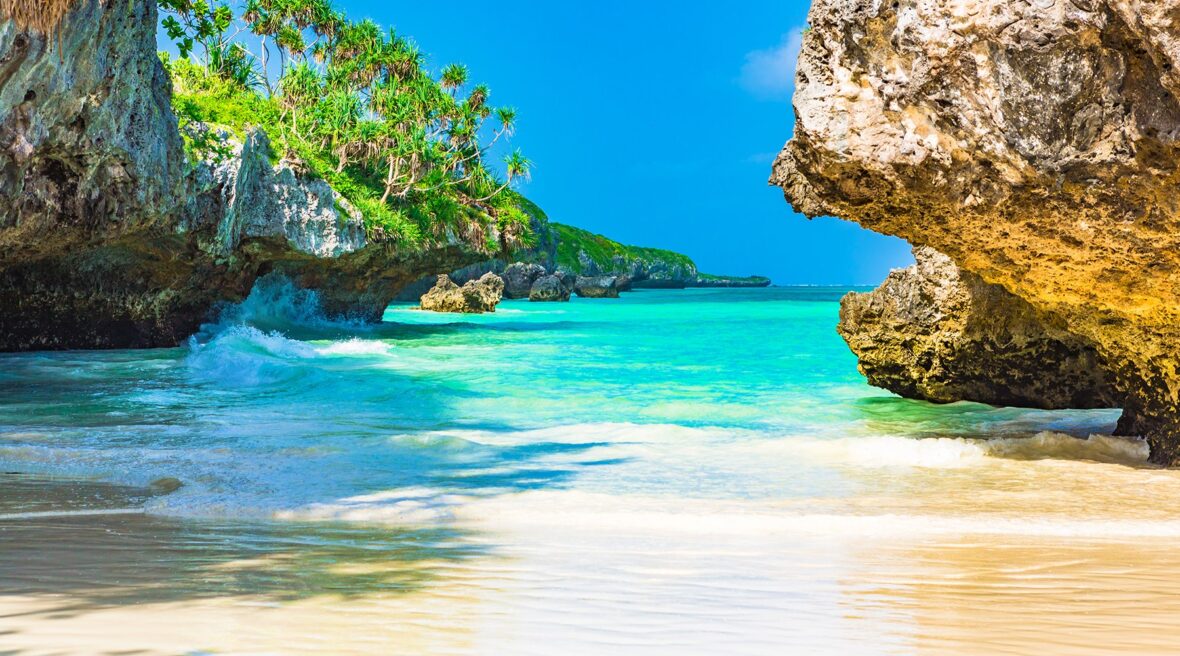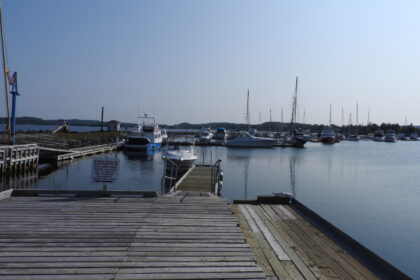Zanzibar, Africa’s ‘spice island’ is known for its crystal-clear turquoise water and white and sandy beaches. It’s one of the few places in Africa where history can still be clearly seen today. All the events and influences that shaped the region are still evident in the architecture and even the languages that the locals speak. Zanzibar isn’t only a place for beach lovers, but also a great place for explorers and photographers. Take a look below for 28 fascinating and fun facts about Zanzibar.
1. It is speculated that Zanzibar has been home to humans for at least 20,000 years. Microliths, small tools generally used as spear points in the Later Stone Age, have been discovered in the area, which suggests the presence of ancient inhabitants.
2. Zanzibar is actually the informal term used to describe the main island of the Zanzibar archipelago plus its 46 surrounding islands. Unguja, the largest of these islands, is what we commonly refer to as Zanzibar, with the second-largest island being Pemba.
3. The capital of Zanzibar is now Zanzibar City, though the historic centre was ‘Stone Town’, a bustling city that was once the hub of coastal trade up and down the East coast of Africa.
4. The ‘Stone Town of Zanzibar’ was inscribed as a World Heritage Site in 2000.
5. Zanzibar has a fascinating history, stretching back to the start of the first millennium when Bantu-speaking Africans travelled across from the mainland.
6. Between the twelfth and fifteenth centuries, the Zanzibar archipelago had come into its own, with Arabian and Persian trade links bringing significant money into the area.
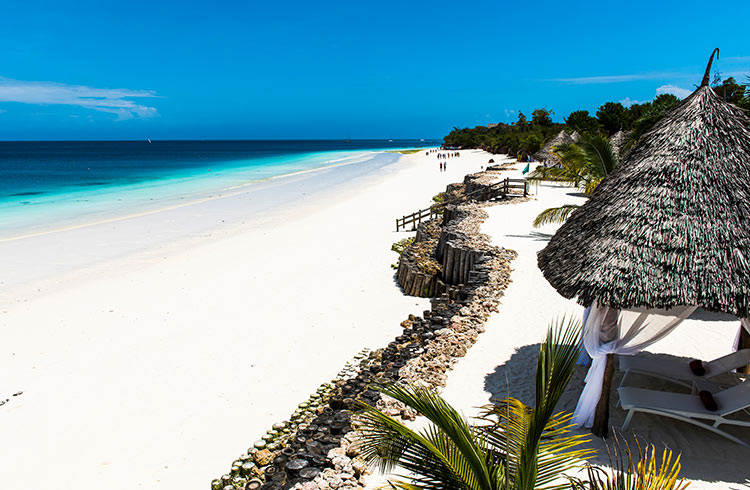
7. Zanzibar had become a major trading hub, supplying gold, ivory, slaves, and wood to places as distant as India, while importing spices, textiles, and glassware.
8. When the Portuguese arrived in the early sixteenth century, they temporarily interrupted the golden age, taking control of both Zanzibar and Pemba.
9. By the early nineteenth century, Omani Arabs had gained control of the region. Trade once again flourished, with cloves, slavery, and ivory the main commodities. By 1840, trade was thriving to the degree that the Sultan of Oman chose to relocate his court to Zanzibar from the Persian Gulf.
10. In 1873, the prominent slave trade was abolished, and by 1890, Omani sultans ruled under a British protectorate.
11. The Anglo-Zanzibar war is known as the official shortest war in history. It was fought between the current self-declared King Khalid and British colonial leaders in August 1896. The war was started after Khalid said no to the order of the British to evacuate the palace of Zanzibar. The war started at 9 am and it was over by 38 minutes after the British military damaged the whole palace by bombarding.
12. In December 1963, Zanzibar regained its independence. But only a month later, the Arab ruling elite were overthrown by an African majority in a horrific revolution leading to several thousand deaths.
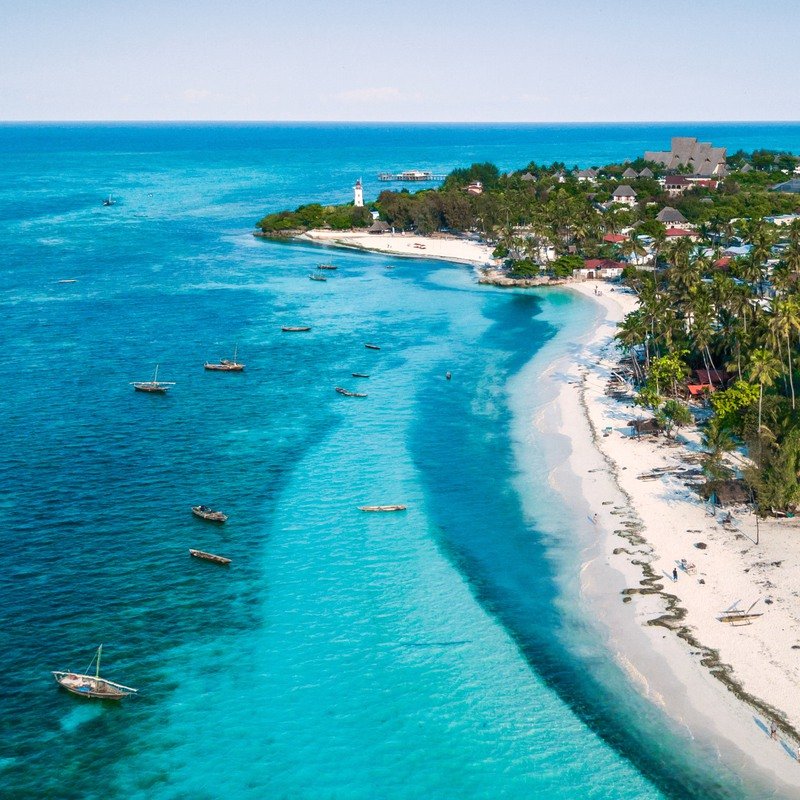
13. In April 1964, the established republic merged with the mainland Tanganyika, or more accurately, was subsumed into Tanzania, and Zanzibar remains a semi-autonomous region.
14. Zanzibar is the world’s oldest functioning Swahili city.
15. In 1974, Zanzibar was the first of all African countries to introduce color television. Despite being part of the same republic, mainland Tanzania did not introduce television services until 20 years later due to opposition from the country’s president.
16. To understand the legacy and impact of its tumultuous history you should visit a few of the island’s museums and palaces: Beit al-Sahel palace museum, Emerson on Hurumzi, Prison Island, and Beit-el-Ajaib.
17. The house of wanders building is the largest and tallest building of Zanzibar, considered as a landmark building of Tanzania. Located between the Old Fort and the Palace Museum it’s one of the important palaces built by Barghash bin Said.
18. The island is home to the almost extinct Zanzibar Red Columbus Monkey, the Zanzibar Servaline Genet, and the Zanzibar Leopard.
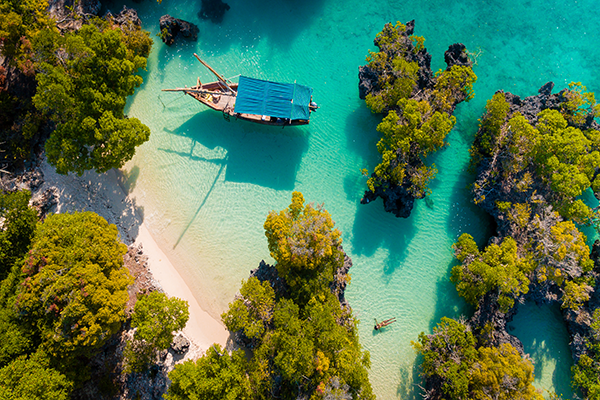
19. All three species are endemic to Unguja (the main island of the archipelago) and can be found in the lush tropical forests. Your best chance to see these indigenous creatures is to visit Jozani-Chwaka Bay National Park.
20. The Zanzibar leopard was thought to be extinct until a camera trap photographed a similar-looking animal in 2018.
21. Spices constitute one of Zanzibar’s main industries, with the island producing mainly cloves, nutmeg, cinnamon, and black pepper. Once the world’s largest clove producer, today Zanzibar supplies only 7% of the world’s cloves.
22. Spice tours on the main island are something of an institution and should definitely not be missed. Explore spice plantations where you will see, smell, touch, and taste a myriad of spices.
23. Depending on the season, you can experience the flavours of vanilla, cardamom, cinnamon, nutmeg, turmeric, lemongrass, cloves, ylang-ylang, cumin, garlic, ginger, coriander, pepper, allspice, tamarind, chilli, and oregano.
24. Due to the proximity to the equator, the island follows the perfect 12 hours a day & 12 hours night rule.
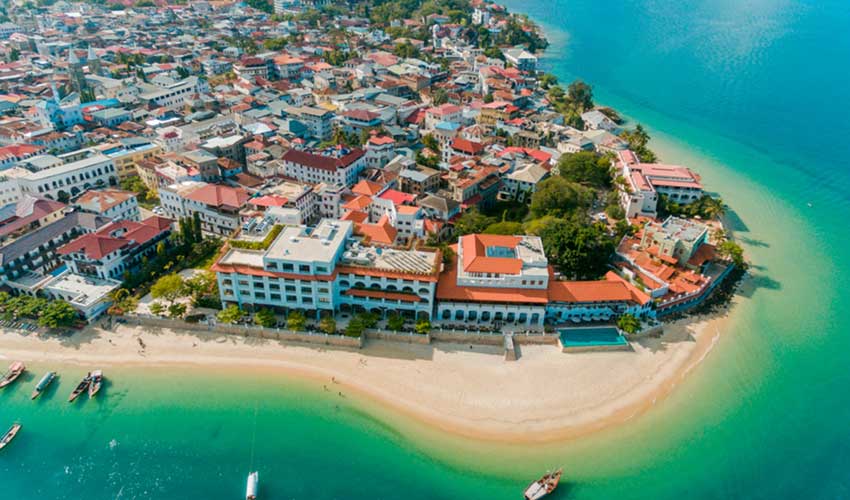
25. Zanzibar is a year-round destination temperature-wise with average daytime highs between 28˚C and 32˚C and night-time lows between 20˚C and 25˚C.
26. With living reefs surrounding the islands, Zanzibar is a prime dive destination. The water temperature is warm, visibility is usually excellent, currents are weak and there’s an abundance of colorful fish, all of which contribute to an ideal location for novice divers.
27. You can meet many talented African artists in Zanzibar. It’s easy to meet painters, sketch artists, and even some iconic artists who make postcards from natural fibre paper.
28. Freddie Mercury, the lead singer of the band Queen, was born in Zanzibar in 1946. His birth name was Farroukh Bulsara. Queen fans flock to the Shangani area of Zanzibar, where he grew up.

